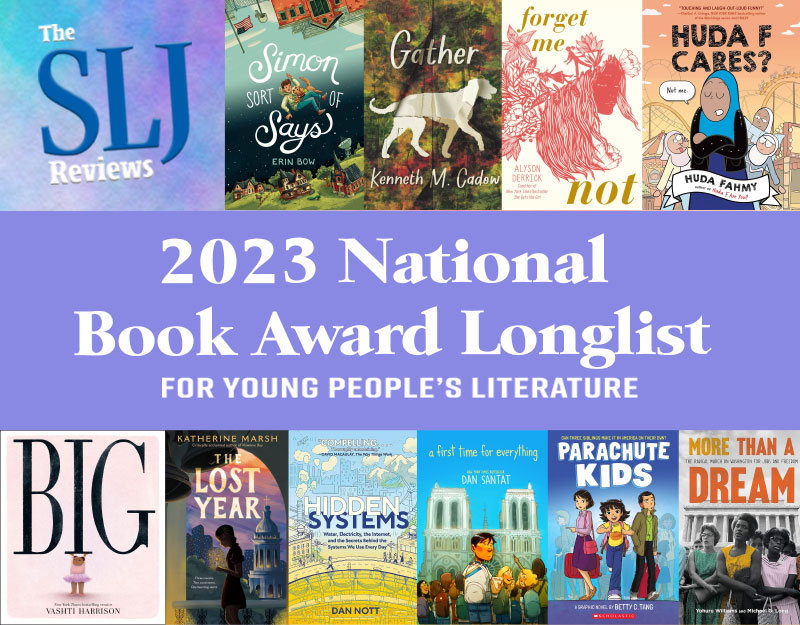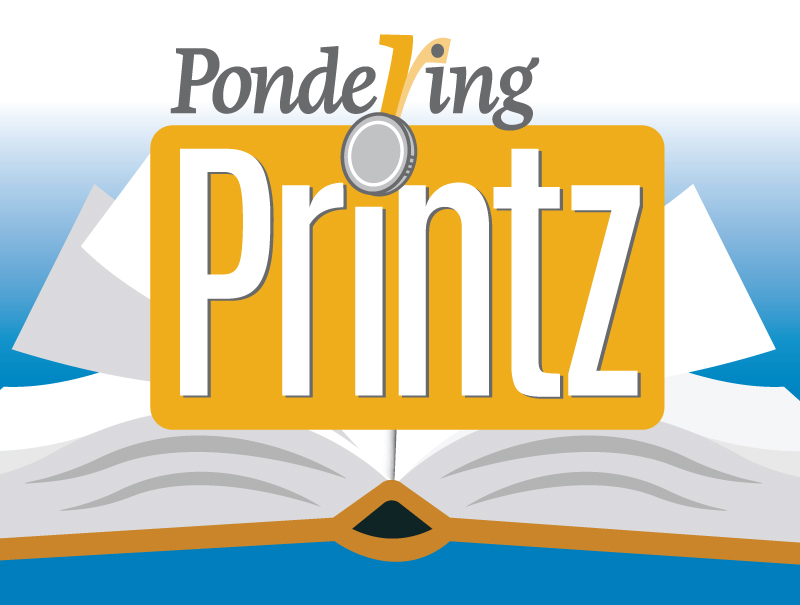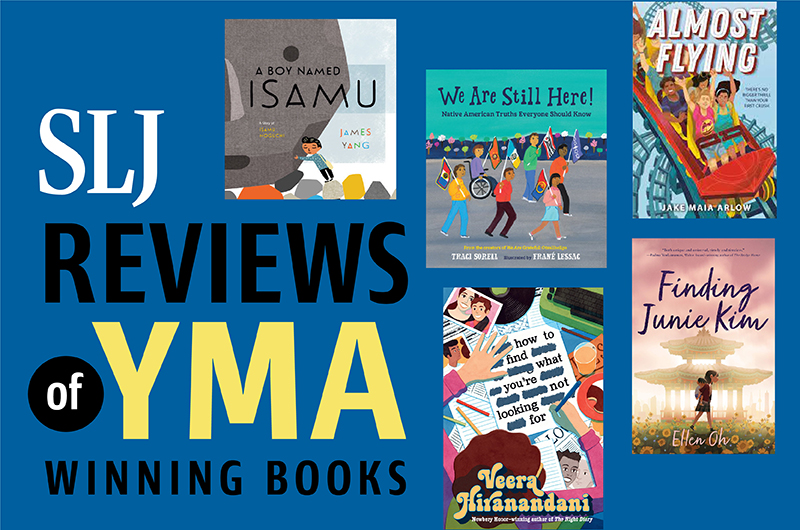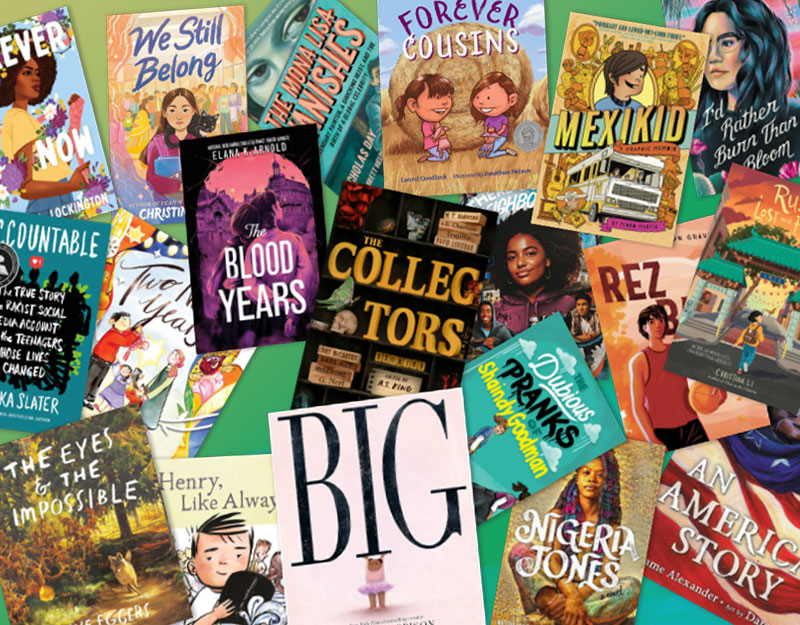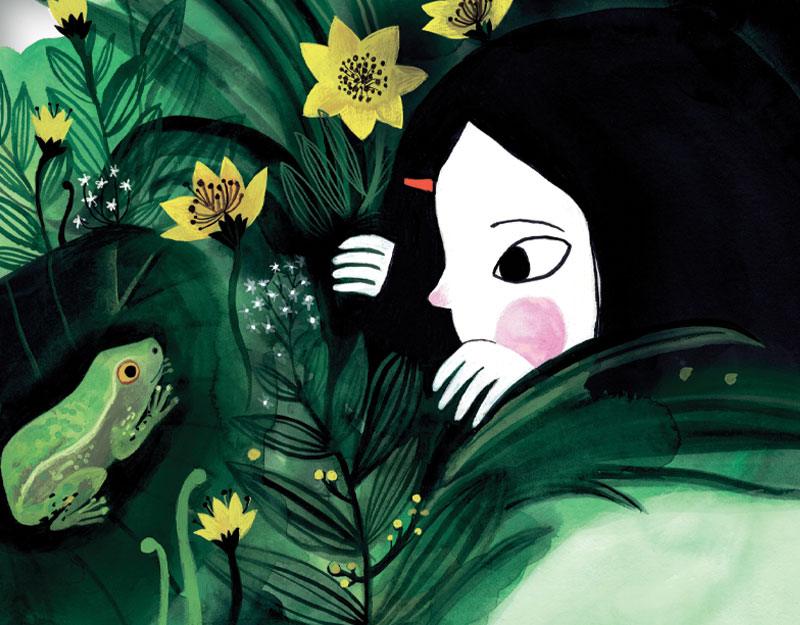Encourage Self-Love with Eyes that Kiss in the Corners

Eyes that Kiss in the Corners
Written by Johanna Ho
Illustrated by Dung Ho
Published by HarperCollins Children’s , 2021
ISBN 978-0-06-291562-7
Grades K-5
Book Review
“Some people have eyes like sapphire lagoons with lashes like lace trim on ballgowns, sweeping their cheeks as they twirl. Big eyes, long lashes. Not me. I have eyes that kiss in the corners and glow like warm tea.” In Eyes that Kiss in the Corners, a young Chinese American girl speaks to readers through lyrical language that celebrates the beauty of her eyes and the eyes of her beloved Mama, grandmother Amah, and little sister, Mei-Mei. Each page sings with emotion, affirmation, and every day moments of love like “When Mama tucks me in at night, her eyes tell me I’m a miracle.” Dung Ho’s breathtaking, warm illustrations invite readers into the daily life of the narrator with scenes showing her snuggling in bed with Mama, picking lychee on trees with Amah, and walking in the door after school to Mei-Mei’s smile. Ho’s lush illustrations complement narrative moments that pay tribute to folkloric traditions with dragons swirling across the page and coy whirling in their oolong pools. While an exquisite book to read aloud on its own, Eyes that Kiss in the Corners pairs well with other recent titles that celebrate children’s inherent beauty and brilliance, where we are from, and how we can come to love ourselves.
Teaching Ideas: Invitations for Your Classroom
Note to our Readers: These ideas are not meant to be prescriptive. Choose one. Choose more. It’s up to you. Some ideas are bigger and will take a number of days to complete. Some are shorter. You can also choose to complete one part of a teaching idea, but not the whole thing. It’s up to you!
ADVERTISEMENT
ADVERTISEMENT
Why Am I Me?: Celebrating Who We Are. Eyes that Kiss in the Corners affirms for readers that who they are is beautiful and praise-worthy. Gather other books that celebrate self-love and the exploration of our identities such as I Am Every Good Thing by Derrick Barnes, Sulwe by Lupita Nyong’o, Your Name is a Song by Jamilah Thompkins-Bigelow, Why Am I Me? by Britt Paige, I Am Enough by Grace Byers, Hair Love by Matthew Cherry, or view the Oscar-winning short film Hair Love. Using these texts as a guide, support students to write and illustrate as a form of self-acceptance by focusing on things they love about themselves and their families.
The Best Part of Me: Loving Ourselves with Lyrical Language. The driving metaphor in the story is that the narrator’s eyes “kiss in the corners”. This evocative language allows readers to connect to the beauty of her eyes in a wholly original and memorable way. Invite students to choose a body part they love about themselves and to consider language possibilities for describing it in a new way. Pair Eyes that Kiss in the Corners with The Best Part of Me: Children Talk About Their Bodies in Pictures and Words by Wendy Ewald. Invite students to take photos of the best parts of them and to pair their photos with lyrical phrases, poems, or stories that celebrate who they are. Post these photo/text pairings on a physical bulletin board or in a digital board such as Padlet.
Celebrating Our Family Histories and Connecting Our Stories to the Past. Eyes that Kiss in the Corner pays homage to the power of family love and human connection. Gather other books that celebrate family love with emphasis on varying family structures with books like Going Down Home with Daddy by Kelly Starling Lyons (family gathering), Juana Martinez-Neal’s Alma and How She Got Her Name (family name stories), Yamile Saied Méndez’s Where Are You From?, Cynthia Rylant’s The Relatives Came (family gathering), A Most Unusual Day by Sydra Mallery (adoption), Stella Brings the Family by Miriam Shiffer (LGBTQ family), A Family is a Family is a Family by Sarah O’Leary (different family structures and circumstances), Still a Family by Brenda Reeves Sturgis (homelessness), Shelly Rotner’s photo essay Families (diverse family structures), Karen Hesse’s Night Job (working nights), and Bao Phi’s A Different Pond (immigration). Consult booklists such as Social Justice Books: Learning About Family Structures. We also recommend you work with your school or local public librarian to be sure that you read an array of titles that reflect different family circumstances. Leverage students’ reading about families to create their own family stories drawing inspiration from the books in the text set.
Rhythm and Repetition for Effect: Craft Study. Support students to notice and name how Joanna Ho uses repetition for effect thereby creating a rhythm to the story read aloud. What words and phrases are repeated? Where do they appear in the book? What impact does repetition have on us as readers? In what ways is repetition a form of comfort because we are able to anchor ourselves in some language while the author layers new language? Invite students to create a narrative that intentionally uses repetition for effect. Students may want to borrow some of Ho’s repetitive choices such as the phrases “My eyes…her eyes…” and “They are…” as a way to launch their own writing.
Picturebook Making: Layout Study. The layout of each page of Eyes that Kiss in the Corners has been thoughtfully created to move readers’ eyes across the page in dynamic ways. Support students to notice and name the work of the interior book designer whose creativity influenced the design of the book such as the two-page spreads, how print is staggered, and when sentences stand alone on a page. Also support students to notice visual elements such as the use and absence of color and the use of swirling lines to create motion. Use Molly Bang’s Picture This: How Pictures Work to support students to grow in their knowledge and vocabulary about visual elements in picturebooks. Then, engage in a study of the interior designs of other picturebooks you already have in your classroom. Create a class anchor chart of the ways layout choices grab our attention as readers citing specific book examples with elements such as font choice, use of color, absence of color, endpaper designs, and where and how print appears.
Children’s Books that Feature Asian and Asian American Characters. Eyes that Kiss in the Corners celebrates the narrator’s Chinese American family and heritage in both explicit and subtle ways. Take stock of your classroom library for the ways in which Asian and Asian American characters are represented to ensure that you have culturally and historically responsive texts with positive representations of characters, their heritages, and their communities. We recommend consulting Diverse Book Finder, The Colours of Us suggested titles, as well as the Lee and Low Books collection for title suggestions. Lee and Low Books are the top publisher of Asian American books and their titles include a wide range of genres and rich cultural diversity. We also recommend viewing a variety of videos by author and illustrator Grace Lin, who has been active in the We Need Diverse Books movement and whose books often feature Asian-American characters. Her videos include an interview with Reading Rockets, a famed TEDx talk, and many different illustration guides that include “tidbits of Chinese culture” on her YouTube channel.
Critical Literacy
Addressing Stereotypical Representations of Asian People. Eyes that Kiss in the Corners affirms the inherent beauty, brilliance, and familial connection of the narrator and her Chinese American family. Yet, there have been many negative and stereotypical representations of Asian and Asian American people in children’s literature as seen in books with characters who all have the same faces or skin tone denoting sameness, antiquated views of cultures and people, inaccurate caricatures, and false folktales such as in The Five Chinese Brothers by Claire Hutchet Bishop, The Story About Ping by Marjorie Flack, and Tikki Tikki Tembo by Arlene Mosel. Consider addressing the ways that characters, cultures, and communities can be stereotyped in books and media and the harmful impact this has on individuals and communities. Identify Eyes that Kiss in the Corners as a book that affirms the beauty, brilliance, connection, and experiences of the characters in ways that celebrate rather than stereotype the cultural heritage of the characters.
Further Explorations
Digital Resources
Joanna Ho’s Site
https://www.joannahowrites.com/
Joanna Ho Author Interview
HarperCollins Activity Guide
Colours of Us: Asian and Asian American Children’s Books
Lee and Low Books: Asian and Asian American Books
https://www.leeandlow.com/cultures/asian-asian-american-interest
Social Justice Books: Early Childhood Families
Reading Rockets Interview with Grace Lin
https://www.readingrockets.org/books/interviews/lin
Grace Lin TEDx
https://ed.ted.com/on/a0o0BODb
Grace Lin YouTube Channel
https://www.youtube.com/channel/UCIQet5ij4zAuR_QGOQ1vAxQ
Books
Barnes, D. (2020). I am every good thing. New York, NY: Nancy Paulsen Books.
Britt, P. (2017). Why am I me? Ill. by S. Qualls and S. Alko. New York: Scholastic.
Byers, G. (2018). I am enough. New York: Balzer + Bray.
Ewald, W. (2002). The best part of me: Children talk about their bodies in pictures and words. New York, NY: Little, Brown Books for Young Readers.
Kostecki-Shaw, J. (2011). Same, same but different. New York: Henry Holt.
Kuklin, S. (2006). Families. New York: Hyperion Books for Children.
Lyons, K.S. (2019). Going down home with Daddy. Atlanta, GA: Peachtree Publishing.
Martinez-Neal, J. (2018). Alma and how she got her name. Somerville, MA: Candlewick.
Méndez, Y. (2019). Where are you from? New York: HarperCollins.
Nyong’o, L. (2019). Sulwe. New York, NY: Simon & Schuster for Young Readers.
Phi, B. (2017). A different pond. Ill. by T. Bui. Edina, MN: Capstone Books for Young Readers.
Thompkins-Bigelow, J. (2020). Your name is a song. The Innovation Press.
Filed under: Fiction, Fiction Picture Books, Picture Books
About Katie Cunningham
Katie is a Professor of Literacy and English Education at Manhattanville College. There she is also the Director of the Advanced Certificate Program in Social and Emotional Learning and Whole Child Education. Her work focuses on children’s literature, joyful literacy methods, and literacy leadership. Katie is the author of Story: Still the Heart of Literacy Learning and co-author of Literacy Leadership in Changing Schools. Her book Start with Joy: Designing Literacy Learning for Student Happiness will be released September 2019. She is passionate about the power of stories to transform lives.
ADVERTISEMENT
ADVERTISEMENT
SLJ Blog Network
Further Predictions! Everything That ISN’T Newbery/Caldecott 2025
Hilda and Twig | This Week’s Comics
Wednesday Roundup: Pointing at Poetry
The Seven Bills That Will Safeguard the Future of School Librarianship
Shakespeare, but Make it Queer!: Retelling a Classic Play and My Love/Hate Relationship with William Shakespeare, a guest post by Emma K. Ohland
Gayle Forman Visits The Yarn!
ADVERTISEMENT



